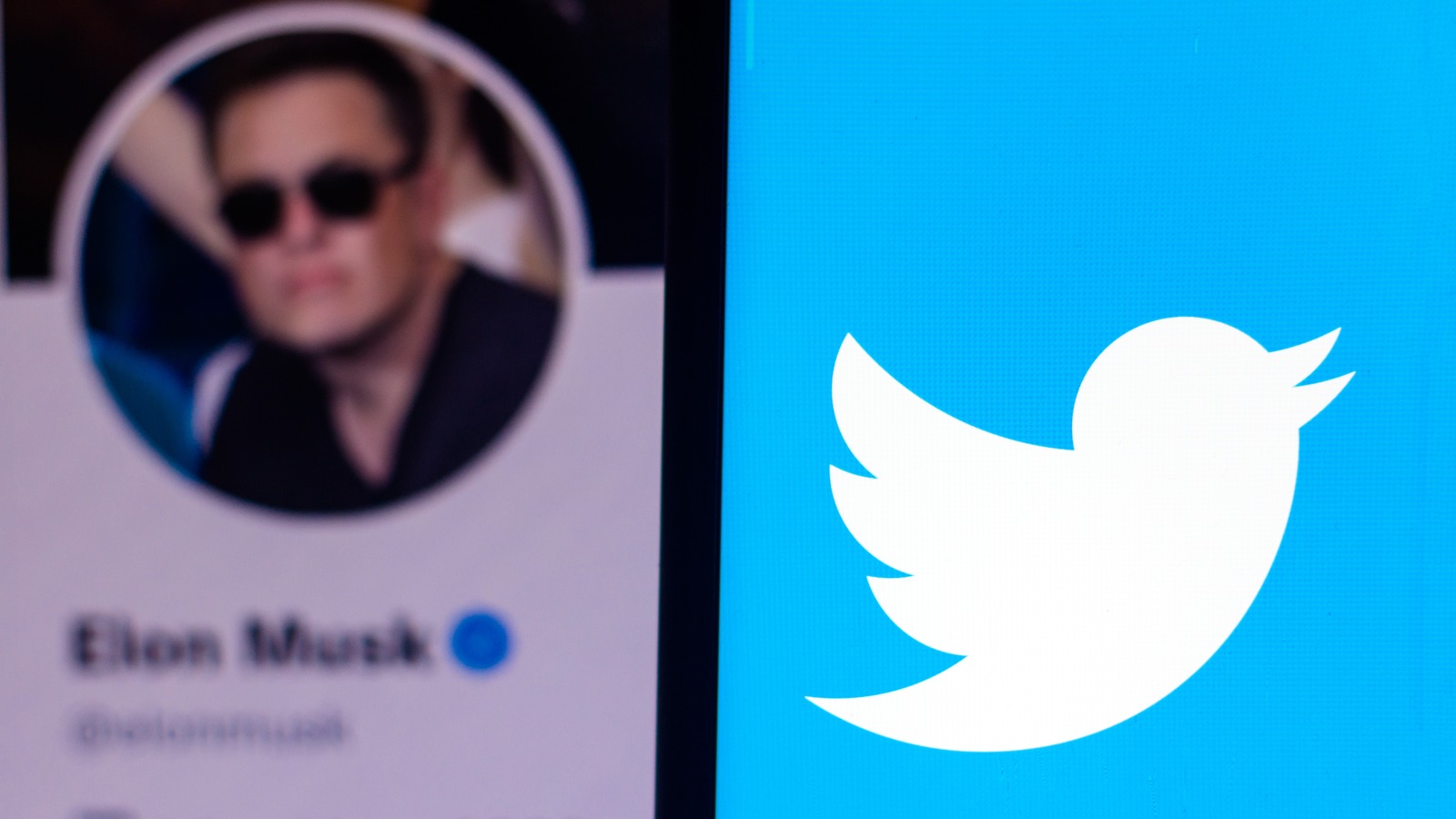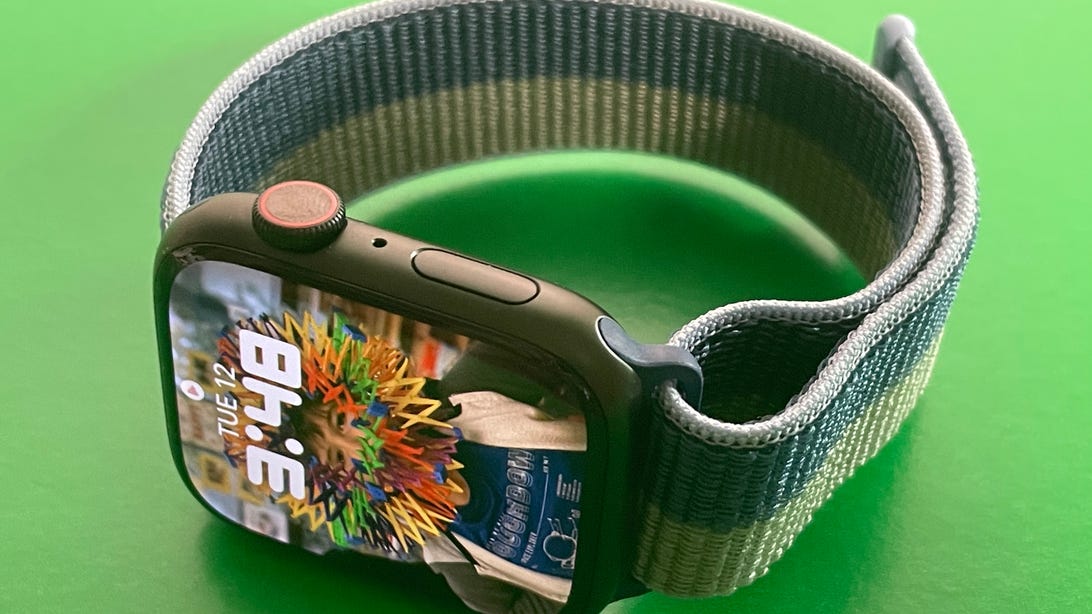Pros
- Far cheaper than professionally installed Ethernet
- Easy setup that takes minutes
- Includes everything but the coax in your walls
Cons
- Max speed is slower than Gigabit Ethernet
- Multiple kits may be needed for some installations
- Won’t work if you still have active cable TV
It’s no secret that most cable and satellite TV services are losing customers to cord cutting as people move to streaming services. Because of that, there’s a good chance your home has hundreds of feet of coaxial cable that used to be needed for TV, now doing nothing but collecting dust.
It’s this “dark” coax that the NexusLink G.HN Wave 2 Ethernet Over Coax Adapter makes use of to quickly, cheaply expand your wired home networking options.
If you live in a home already wired for Ethernet, or you’ve spent thousands of dollars to add it, you likely don’t need this product. But if you’re in the situation the vast majority of us find ourselves in, these adapters could save you time and money by turning that dark coax into a valuable networking asset.
This is especially true if you live in a home where some rooms just seem to destroy even the strongest Wi-Fi signals.
Also: Why is my internet so slow? 11 ways to speed up your connection
Specifications
| Maximum rated transfer rate | 2,000Mbps |
|---|---|
| Ports | 2X coaxial (male), 1X Gigabit Ethernet |
| Power | Included wall adapters |
| Maximum number of nodes per network | 16 |
| Built-in security | AES 128bits encryption |
| Use cases | Streaming (up to 8K), home networking, gaming |
| Included accessories | 2x wall power adapters, 2X Ethernet cables |
| Maximum coax distance between adapters | 800 meters |
| Dimensions (single unit) | 3.90 x 2.67 X 0.96 in or 99 x 67.7 x 24.5 mm |
You’ll need either a coaxial cable emerging from your wall or floor, or a wall-mounted port like this one.
Getty Images
Setup
The setup process is extremely simple. The hardest part might be verifying which coax terminals in your home are connected to which. If each one is labeled, great. If not, it might require some looking into crawlspaces with a flashlight.
Which run you choose depends on what you want to do with the new connection.
For example, if you want a connection running from the router located in your bedroom to a basement home theater, and you’ve already got a run of in-wall coax between those locations, you’d place one adapter in the bedroom and the other in your basement.
The Ethernet cable on the basement end can then either be plugged directly into a home theater PC or streaming device, or used to connect an Ethernet switch or secondary Wi-Fi access point for additional flexibility.
The kit includes two power adapters and two 6-foot Ethernet cables.
Michael Gariffo/ZDNET
Instead of suggesting thousands of similar scenarios, I’ll simply say almost anything that could be accomplished by a run of Ethernet cabling can just as easily be handled by a run of coaxial cable, as long as you have one of these adapters on either end.
Each unit is about the size of a small smartphone, but a little thicker. This makes it easy to stash behind a desk or TV.
Michael Gariffo/ZDNET
Testing
Easy setups like this one are a joyous rarity in home networking. But that doesn’t matter if the connection provided by the product isn’t stable, or doesn’t live up to the specs the company claims for it. I tried to approach the testing process as scientifically as possible for the adapters, to verify their performance.
More: The 5 best internet speed tests: Test your broadband connection
I’ll briefly explain:
- I replaced a 40-foot run of Ethernet cable (Gigabit network switch>Gigabit Ethernet port on a desktop PC) with the two adapters, connected by a 30-foot run of coaxial cable between them.
- I ran two tests: one with the original 40-foot run of Ethernet cable, and a second series with the adapter setup.
- I tested two scenarios: download/upload rates and latency figures when connecting to the public internet, and transfer rates for large files transmitted between networked PCs.
- For each scenario I did five speed tests across three testing sites. For each transfer rate test I used four files of varying sizes, transferred five times each. The average transfer rate and time are shown here.
Internet speed tests
Download (DL) and upload (UL) figures are in megabits per second (Mbps), while latency (Lat.) is in milliseconds (ms). The test was conducted over 100Mbps broadband.
Uninterrupted Ethernet (40 feet)
Provider | Speedtest.net | Fast.com | Google speed test |
DL / UL | Lat. | 99.97 / 103.33 | 16 | 100 / 110 | 15 | 94.3 / 102.0 | 8 |
DL / UL | Lat. | 97.33 / 103.76 | 18 | 95 / 107 | 14 | 93.9 / 102.0 | 12 |
DL / UL | Lat. | 100.86 / 103.50 | 18 | 98 / 110 | 13 | 96.2 / 102 | 10 |
DL / UL | Lat. | 100.62 / 103..83 | 17 | 96 / 100 | 13 | 95.7 / 97.5 | 10 |
DL / UL | Lat. | 99.00 / 103.79 | 18 | 99 / 110 | 14 | 95.5 / 97.2 | 8 |
Average DL / UL | Lat | 99.56 / 103.64 | 17.4 | 97.6 / 107.4 | 13.8 | 95.12 / 100.14 | 9.6 |
NexusLink Ethernet over Coax adapter (30 feet of coax, 12 total feet of Ethernet)
Provider | Speedest.net | Fast.com | Google speed test |
DL / UL | Lat. | 100.54 / 103.46 | 18 | 96 / 110 | 14 | 94.7 / 99.8 | 9 |
DL / UL | Lat. | 99.27 / 103.91 | 18 | 95 / 110 | 12 | 95.5 / 97.6 | 11 |
DL / UL | Lat. | 98.54 / 103.75 | 15 | 98 / 110 | 14 | 101.6 / 98.0 | 9 |
DL / UL | Lat. | 98.26 / 103.16 | 18 | 110 / 100 | 14 | 101.1 / 97.7 | 11 |
DL / UL | Lat. | 98.15 / 103.83 | 17 | 100 / 100 | 14 | 101.2 / 97.6 | 9 |
Average DL / UL | Lat | 98.95 / 103.62 | 17.2 | 99.8 / 106 | 13.6 | 98.82 / 98.14 | 9.8 |
% difference compared with Ethernet | -0.613% / -0.019% | -1.15% | +2.25% / -1.3% | -1.45% | +3.89% / -1.99% | +2.08% |
Results: The download, upload, and latency results are all within just a few percentage points, plus or minus, between the two setups. This means for gaming and online video and audio streaming, the performance of the adapters is functionally identical to having a similar length run of Ethernet in use instead.
File transfer over home network test
While the above test showed the adapters were capable of more than handling the 100Mbps my broadband connection provides, the much faster 1 gigabit per second (Gbps) theoretical speed of my home network proved to be more of a challenge.
Ethernet
File size: Average transfer speed in Megabytes per second (MBps) | Total transfer time in minutes and seconds
- 10.14GB file: 47.5MBps | 3:28
- 1GB file: 46.5MBps | 0:21
- 780MB file: 46.5MBps | 0:17
- 376MB file: 45.5MBps | 0:07
Ethernet over Coax adapters
- 10.14GB file: 34.5MBps | 4:54 (29% slower)
- 1GB file: 35MBps | 0:29 (28% slower)
- 780MB file: 33.75MBps | 0:23 (26% slower)
- 376MB file: 34.5MBps | 0:10 (30% slower)
As you can see, the adapters maxed out at about 35MBps, while the Ethernet run got up to nearly 48MBps. This resulted in transfer rates averaging about one third slower when moving large files over my wired network.
Bottom line
As you can tell from my testing, the adapters seem to max out, at least in this scenario, at about 35MBps (about 280Mbps). This is more than any 100Mbps broadband plan could ever hope to use, but not quite as much as the 300Mbps of many commonly offered home Internet plans.
Still, unless you’re planning to run many devices through these adapters, you’re very unlikely to max out that transfer rate. Even demanding scenarios like 8K video streaming shouldn’t be a problem.
The only time you may notice the roughly 30% speed decrease I recorded when compared with a pure Ethernet run is when you’re transferring large files between PCs on your home network. If this is something you do often, it’s worth taking into account.
However, given the difficulty, time, and cost associated with Ethernet installation, infrequent slowdowns seem like a far better trade-off than spending hundreds, if not thousands, of dollars replacing existing coax cable with Ethernet.
To be clear, you will need that existing coax cable in place to make this a worthwhile option. But if you’ve already got it running through a convenient spot in your home, these adapters open up a whole new world of possibilities for times when you need the kind of stable, wired connection that even the best Wi-Fi hardware can’t provide in every part of every home.
Alternatives to consider
A slightly cheaper option (if you apply the frequently available Amazon coupon) that skips the built-in encryption but still offers 1Gbps theoretical speeds.
Another option that also skips the extra security, but does include extra coaxial cables for connections that require them.
The predecessor to the adapters we looked at in this review. They offer a very similar feature set, but top out at a maximum theoretical speed of 1,200Mbps, about 40% slower than the Wave 2 models we reviewed.
Note: This article have been indexed to our site. We do not claim legitimacy, ownership or copyright of any of the content above. To see the article at original source Click Here













